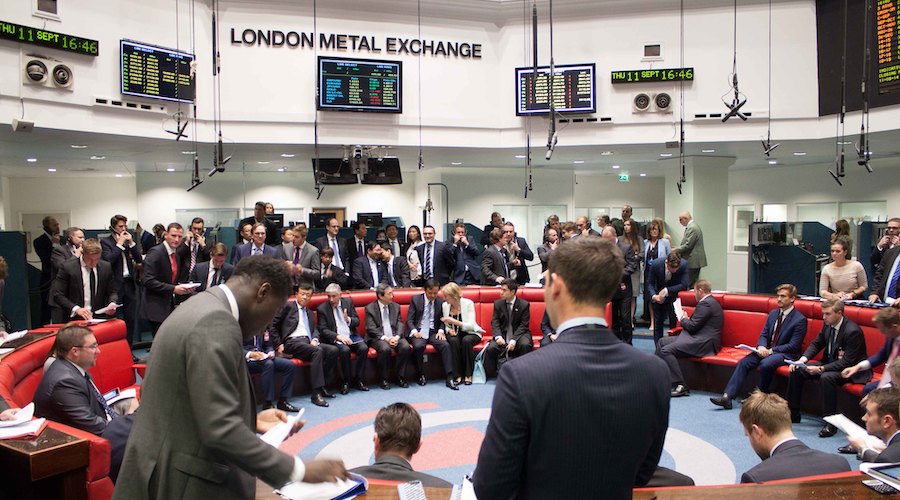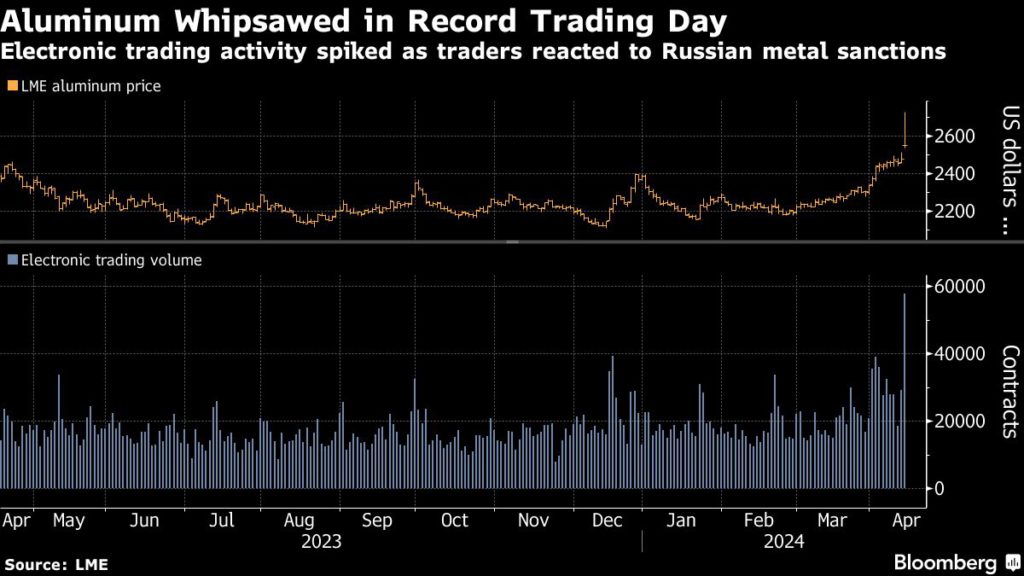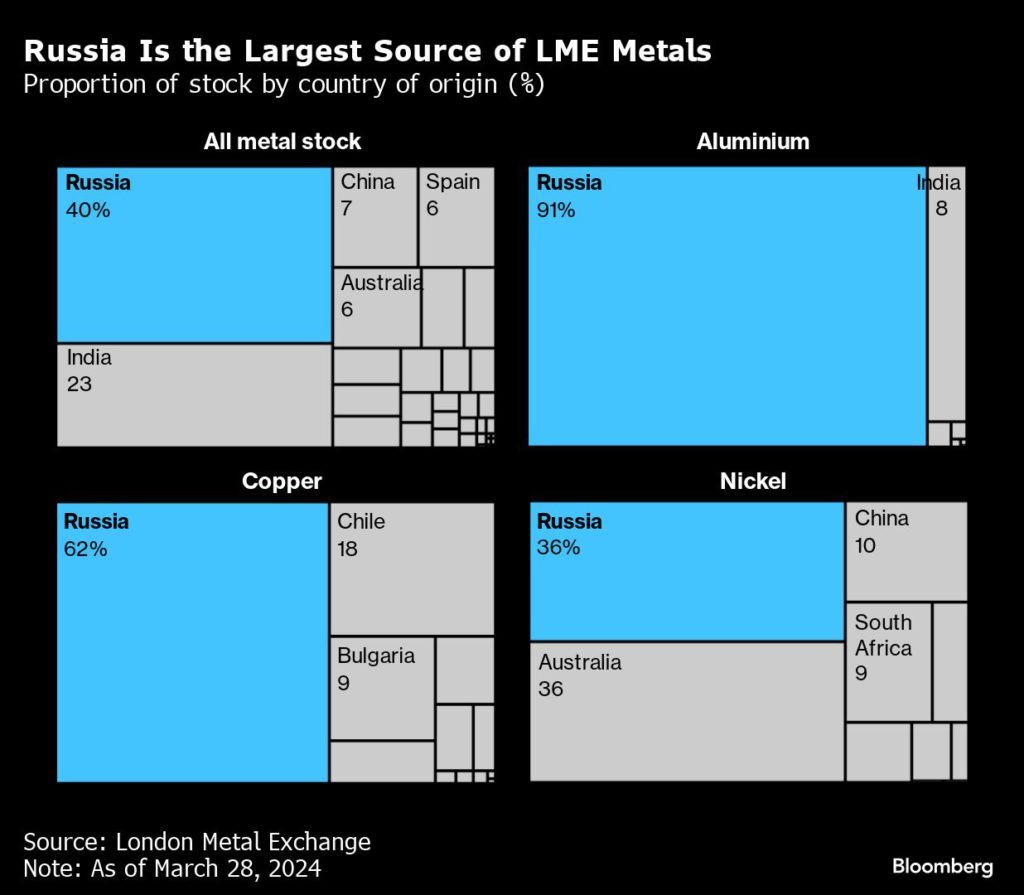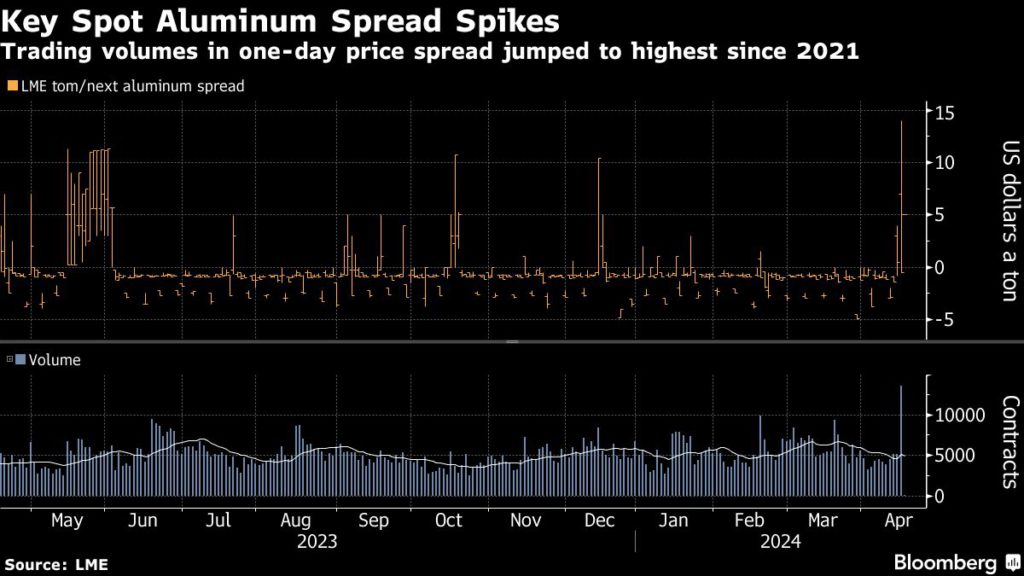The West now wants “restraint” after months of fuelling a genocide in Gaza
The Middle East is on the brink of war precisely because western politicians indulged for decades every military excess by Israel
Suddenly, western politicians from US President Joe Biden to British Prime Minister Rishi Sunak have become ardent champions of “restraint” – in a very last-minute scramble to avoid regional conflagration.
Iran launched a salvo of drones and missiles at Israel at the weekend in what amounted a largely symbolic show of strength. Many appear to have been shot down, either by Israel’s layers of US-funded interception systems or by US, British and Jordanian fighter jets. No one was killed.
It was the first direct attack by a state on Israel since Iraq fired Scud missiles during the Gulf war of 1991.
The United Nations Security Council was hurriedly pressed into session on Sunday, with Washington and its allies calling for a de-escalation of tensions that could all too easily lead to the outbreak of war across the Middle East and beyond.
“Neither the region nor the world can afford more war,” the UN’s secretary general, Antonio Guterres, told the meeting. “Now is the time to defuse and de-escalate.”
Israel, meanwhile, vowed to “exact the price” against Iran at a time of its choosing.
But the West’s abrupt conversion to “restraint” needs some explaining.
After all, western leaders showed no restraint when Israel bombed Iran’s consulate in Damascus two weeks ago, killing a senior general and more than a dozen other Iranians – the proximate cause of Tehran’s retaliation on Saturday night.
Under the Vienna Convention, the consulate is not only a protected diplomatic mission but is viewed as sovereign Iranian territory. Israel’s attack on it was an unbridled act of aggression – the “supreme international crime”, as the Nuremberg tribunal ruled at the end of the Second World War.
For that reason, Tehran invoked article 51 of the United Nations charter, which allows it to act in self-defence.
Shielding Israel
And yet, rather than condemning Israel’s dangerous belligerence – a flagrant attack on the so-called “rules-based order” so revered by the US – western leaders lined up behind Washington’s favourite client state.
At a Security Council meeting on 4 April, the US, Britain and France intentionally spurned restraint by blocking a resolution that would have condemned Israel’s attack on the Iranian consulate – a vote that, had it not been stymied, might have sufficed to placate Tehran.
At the weekend, British Foreign Secretary David Cameron still gave the thumbs-up to Israel’s flattening of Iran’s diplomatic premises, saying he could “completely understand the frustration Israel feels” – though he added, without any hint of awareness of his own hypocrisy, that the UK “would take very strong action” if a country bombed a British consulate.
By shielding Israel from any diplomatic consequences for its act of war against Iran, the western powers ensured Tehran would have to pursue a military response instead.
But it did not end there. Having stoked Iran’s sense of grievance at the UN, Biden vowed “iron-clad” support for Israel – and grave consequences for Tehran – should it dare to respond to the attack on its consulate.
Iran ignored those threats. On Saturday night, it launched some 300 drones and missiles, at the same time protesting vociferously about the Security Council’s “inaction and silence, coupled with its failure to condemn the Israeli regime’s aggressions”.
Western leaders failed to take note. They again sided with Israel and denounced Tehran. At Sunday’s Security Council meeting, the same three states – the US, UK and France – that had earlier blocked a statement condemning Israel’s attack on Iran’s diplomatic mission, sought a formal condemnation of Tehran for its response.
Russia’s ambassador to the UN, Vasily Nebenzya, ridiculed what he called “a parade of Western hypocrisy and double standards”. He added: “You know very well that an attack on a diplomatic mission is a casus belli under international law. And if Western missions were attacked, you would not hesitate to retaliate and prove your case in this room.”
There was no restraint visible either as the West publicly celebrated its collusion with Israel in foiling Iran’s attack.
British Prime Minister Rishi Sunak praised RAF pilots for their “bravery and professionalism” in helping to “protect civilians” in Israel.
In a statement, Keir Starmer, leader of the supposedly opposition Labour party, condemned Iran for generating “fear and instability”, rather than “peace and security”, that risked stoking a “wider regional war”. His party, he said, would “stand up for Israel’s security”.
The “restraint” the West demands relates only, it seems, to Iran’s efforts to defend itself.
Given the West’s new-found recognition of the need for caution, and the obvious dangers of military excess, now may be the time for its leaders to consider demanding restraint more generally – and not just to avoid a further escalation between Iran and Israel.
Over the past six months Israel has bombed Gaza into rubble, destroyed its medical facilities and government offices, and killed and maimed many, many tens of thousands of Palestinians. In truth, such is the devastation that Gaza some time ago lost the ability to count its dead and wounded.
At the same time, Israel has intensified its 17-year blockade of the tiny enclave to the point where, so little food and water are getting through, the population are in the grip of famine. People, especially children, are literally starving to death.
The International Court of Justice, the world’s highest court, chaired by an American judge, ruled back in January – when the situation was far less dire than it is now – that a “plausible” case had been made Israel was committing genocide, a crime against humanity strictly defined in international law.
And yet there were no calls by western leaders for “restraint” as Israel bombed Gaza into ruins week after week, striking its hospitals, levelling its government offices, blowing up its universities, mosques and churches, and destroying its bakeries.
Rather, President Biden has repeatedly rushed through emergency arms sales, bypassing Congress, to make sure Israel has enough bombs to keep destroying Gaza and killing its children.
When Israeli leaders vowed to treat Gaza’s population like “human animals”, denying them all food, water and power, western politicians gave their assent.
Sunak was not interested in recruiting his brave RAF pilots to “protect civilians” in Gaza from Israel, and Starmer showed no concern about the “fear and instability” felt by Palestinians from Israel’s reign of terror.
Quite the reverse. Starmer, famed as a human rights lawyer, even gave his approval to Israel’s collective punishment of the people of Gaza, its “complete siege”, as integral to a supposed Israeli “right of self-defence”.
In doing so, he overturned one of the most fundamental principles of international law that civilians should not be targeted for the actions of their leaders. As is now all too apparent, he conferred a death sentence on the people of Gaza.
Where was “restraint” then?
Similarly, restraint went out of the window when Israel fabricated a pretext for eradicating the UN aid agency UNRWA, the last lifeline for Gaza’s starving population.
Even though Israel was unable to offer any evidence for its claim that a handful of UNRWA staff were implicated in an attack on Israel on 7 October, western leaders hurriedly cut off funding to the agency. In doing so, they became actively complicit in what the World Court already feared was a genocide.
Where was the restraint when Israeli officials – with a long history of lying to advance their state’s military agenda – made up stories about Hamas beheading babies, or carrying out systematic rapes on 7 October? All of this was debunked by an Al Jazeera investigation drawing largely on Israeli sources.
Those genocide-justifying deceptions were all too readily amplified by western politicians and media.
Israel showed no restraint in destroying Gaza’s hospitals, or taking hostage and torturing thousands of Palestinians it grabbed off the street.
All of that got a quiet nod from western politicians.
Where was the restraint in western capitals when protesters took to the streets to call for a ceasefire, to stop Israel’s bloodletting of women and children, the majority of Gaza’s dead? The demonstrators were smeared – are still smeared – by western politicians as supporters of terrorism and antisemites.
And where was the demand for restraint when Israel tore up the rulebook on the laws of war, allowing every would-be strongman to cite the West’s indulgence of Israeli atrocities as the precedent justifying their own crimes?
On each occasion, when it favoured Israel’s malevolent goals, the West’s commitment to “restraint” went missing in action.
There is a reason why Israel has been so ostentatious in its savaging of Gaza and its people. And it is the very same reason Israel felt emboldened to violate the diplomatic sanctity of Iran’s consulate in Damascus.
Because for decades Israel has been guaranteed protection and assistance from the West, whatever crimes it commits.
Israel’s founders ethnically cleansed much of Palestine in 1948, far beyond the terms of partition set out by the UN a year earlier. It imposed a military occupation on the remnants of historic Palestine in 1967, driving out yet more of the native population. It then imposed a regime of apartheid on the few areas where Palestinians remained.
In their West Bank reservations, Palestinians have been systematically brutalised, their homes demolished, and illegal Jewish settlements built on their land. The Palestinians’ holy places have been gradually surrounded and taken from them.
Separately, Gaza has been sealed off for 17 years, and its population denied freedom of movement, employment and the basics of life.
Israel’s reign of terror to maintain its absolute control has meant imprisonment and torture are a rite of passage for most Palestinian men. Any protest is ruthlessly crushed.
Now Israel has added mass slaughter in Gaza – genocide – to its long list of crimes.
Israel’s displacements of Palestinians to neighbouring states caused by its ethnic cleansing operations and slaughter have destabilised the wider region. And to secure its militarised settler-colonial project in the Middle East – and its place as Washington’s top-dog client state in the region – Israel has intimidated, bombed and invaded its neighbours on a regular basis.
Its attack on Iran’s consulate in Damascus was just the latest of serial humiliations faced by Arab states.
And through all of this, Washington and its vassal states have directed no more than occasional, lip-service calls for restraint towards Israel. There were never any consequences, but instead rewards from the West in the form of endless billions in aid and special trading status.
So why, after decades of debauched violence from Israel, has the West suddenly become so interested in “restraint”? Because on this rare occasion it serves western interests to calm the fires Israel is so determined to stoke.
The Israeli strike on Iran’s consulate came just as the Biden administration was finally running out of excuses for providing the weapons and diplomatic cover that has allowed Israel to slaughter, maim and orphan tens of thousands of Palestinian children in Gaza over six months.
Demands for a ceasefire and arms embargo on Israel have been reaching fever pitch, with Biden haemorrhaging support among parts of his Democratic base as he faces a re-run presidential election later this year against a resurgent rival, Donald Trump.
Small numbers of votes could be the difference between victory and defeat.
Israel had every reason to fear that its patron might soon pull the rug from under its campaign of mass slaughter in Gaza.
But having destroyed the entire infrastructure needed to support life in the enclave, Israel needs time for the consequences to play out: either mass starvation there, or a relocation of the population elsewhere on supposedly “humanitarian” grounds.
A wider war, centred on Iran, would both distract from Gaza’s desperate plight and force Biden to back Israel unconditionally – to make good on his “iron-clad” commitment to Israel’s protection.
And to top it all, with the US drawn directly into a war against Iran, Washington would have little choice but to assist Israel in its long campaign to destroy Iran’s nuclear energy programme.
Israel wants to remove any potential for Iran to develop a bomb, one that would level the military playing field between the two in ways that would make Israel far less certain that it can continue to act as it pleases across the region with impunity.
That is why Biden officials are airing concerns to the US media that Israel is ready to “do something rash” in an attempt to drag the administration into a wider war.
The truth is, however, that Washington long ago cultivated Israel as its military Frankenstein’s monster. Israel’s role was precisely to project US power ruthlessly into the oil-rich Middle East. The price Washington was more than willing to accept was Israel’s eradication of the Palestinian people, replaced by a fortress “Jewish state”.
Calling for Israel to exercise “restraint” now, as its entrenched lobbies flex their muscles meddling in western politics, and self-confessed fascists rule Israel’s government, is beyond parody.
If the West really prized restraint, they should have insisted on it from Israel decades ago.
• Article first published in Middle East Eye

.jpg?ext=.jpg)





